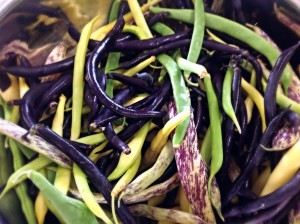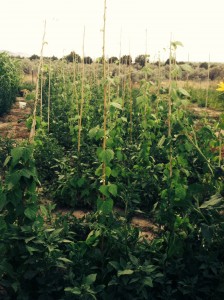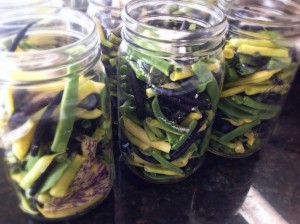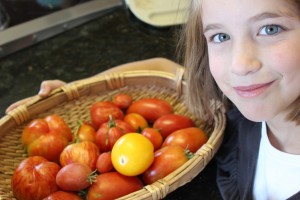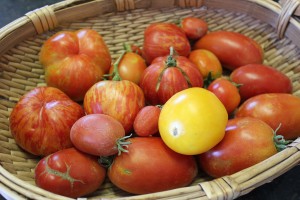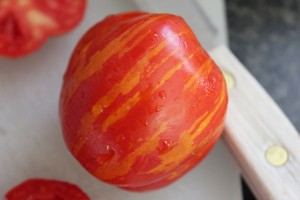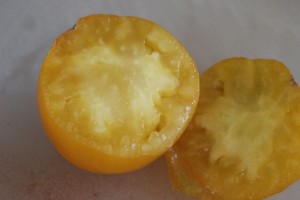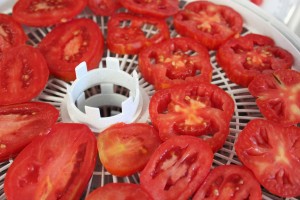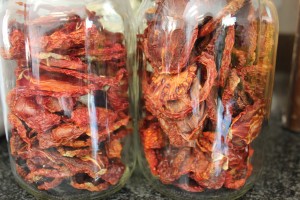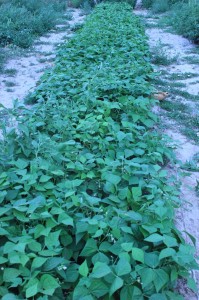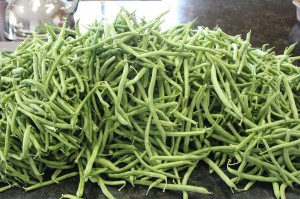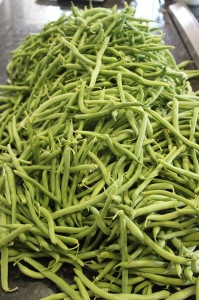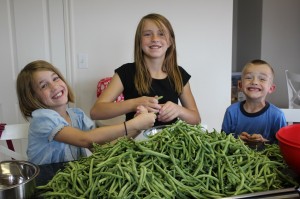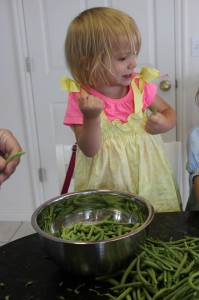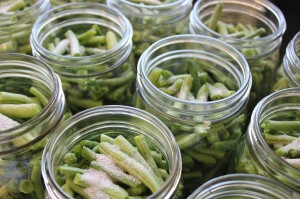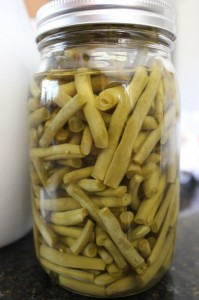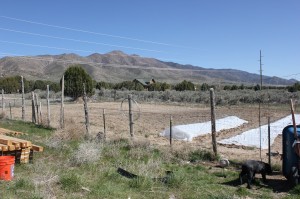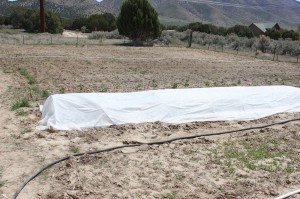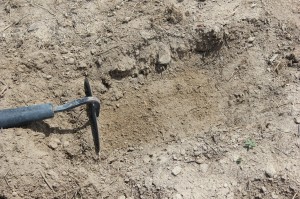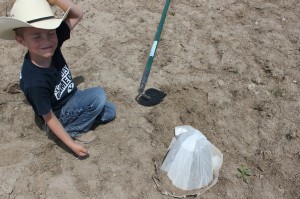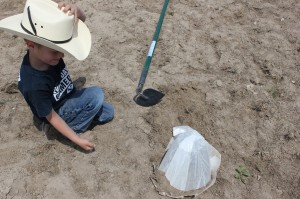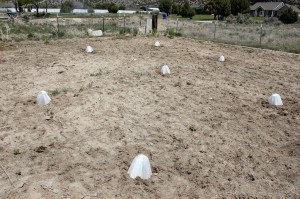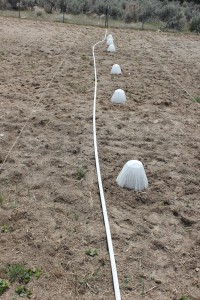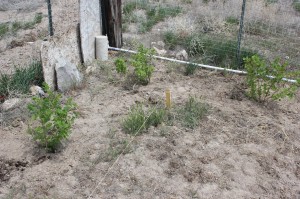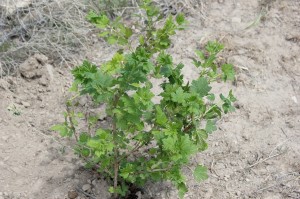One fine Saturday I was strolling through the garden,
and I came upon this:
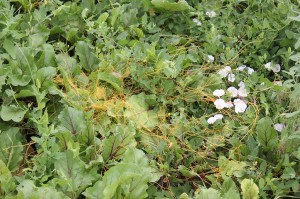 It might be a little hard to see, but looks like lots of thin orange string tangled up among my beets.
It might be a little hard to see, but looks like lots of thin orange string tangled up among my beets.
But it isn’t string, it is a particularly noxious weed called
Dodder.
And it is bad.
It is a parasitic weeds, it has a little seed that germinates, and then finds a host, once it finds its host the root pulls up and it eats off the host, and it grows like wild fire, and it produces seeds and it spreads like crazy and its hard to get rid of.
Really hard, so hard it will take me a few seasons before I will know if it is completely gone. So we formulated a plan of attack, and hopefully we will get this critter contained before it takes over my whole garden. First I harvested the beets, the Dodder doesn’t hurt the beets and they were perfectly fine to eat, but I needed to get them up and put away. I cut the tops off the beets right there in the garden and left them on the ground. The Dodder had already started to go to seed and I didn’t want to risk dropping seeds anywhere else. I then took round-up (sniff, sniff, there goes my organic garden) and sprayed the entire area, all the weeds and other veggies growing around the beets, I needed to make sure I got everything. This killed off all the host plants, thus killing the Dodder. Once everything is dead and dry, the area will be cleansed by fire. Then I will treat the entire area with Preen, a pre-emergent that will kill any seeds that germinate and sprout. I will do this this season, and next year and the next year, hoping to get all those little dormant Dodder seeds.
Sigh….
Anyway.
In the mean time I got a bumper crop of beets.
They did so well that I think I will plant more next year.
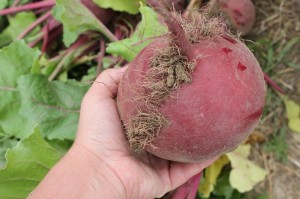
Some of the beets were as big as my hand, and while it is advised that you don’t let beets get this big, they get al little tough, it was sure fun seeing them that huge.
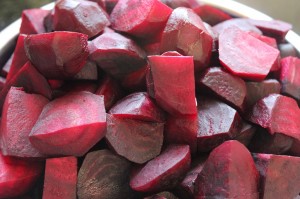
I decided to bottle the beets this year, I have had little success with root cellaring them in the past and knew canning is fairly risk free.
To get the beets ready, I boiled them for about 10 minutes, to loosen the skin, then peeled and diced them up. It was a lot easier than I thought it would be, and my fingers turned a pretty purple color.
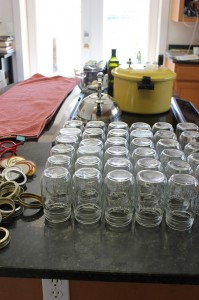
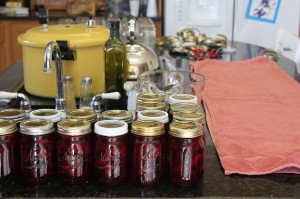
Aren’t they a beautiful purple color all ready for the canner.
I raw packed them in pint jars, I didn’t use any salt and filled the jars with hot water.
I processed the jars at 12 pounds pressure for 30 minutes. 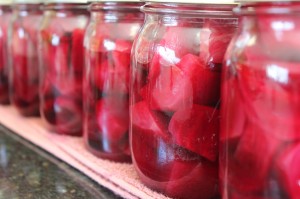
They came out perfect, a beautiful red color, although I wish they would have stayed the dark purple, they sure do add some color to my larder and to our dinner table come winter time.

